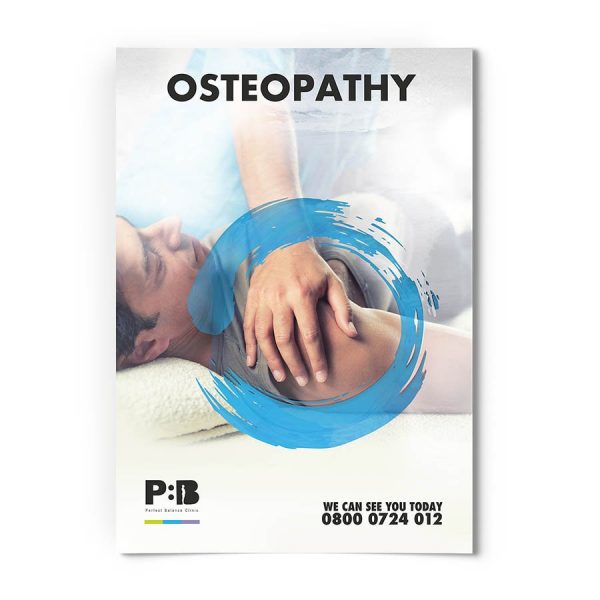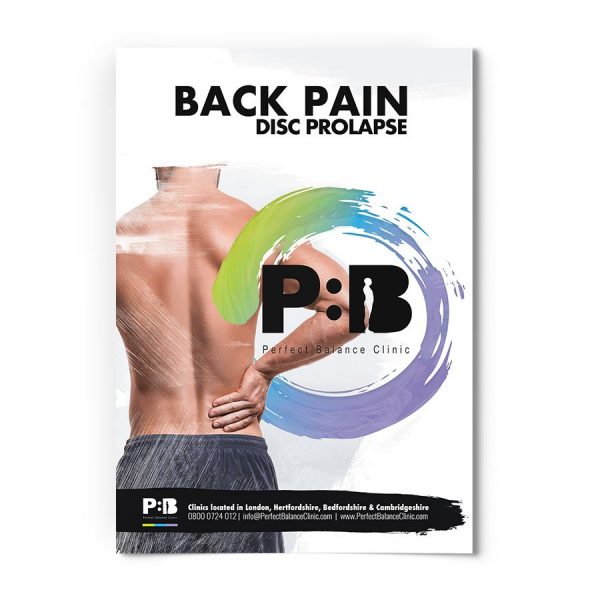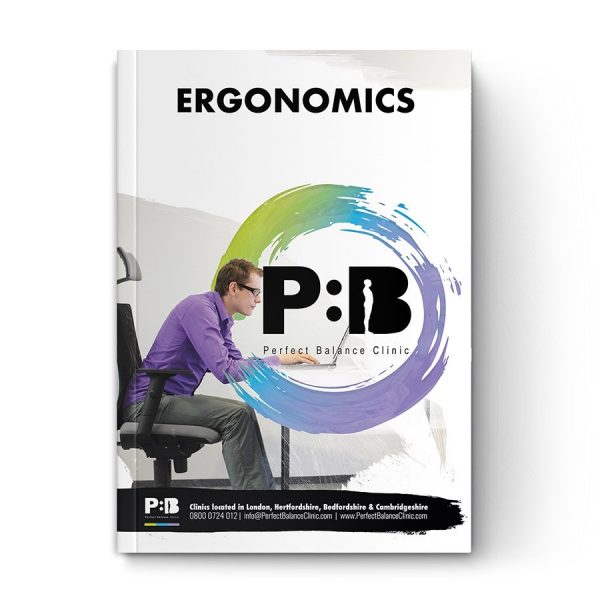Scoliosis is a condition where the patient’s spine is bent or curved into an S or C shape. It can arise congenitally, or it can be idiopathic, in other words, it can simply occur with no known cause. Sometimes it can arise as the result of an underlying neuromuscular condition.
Although it can occur at any age, the most common form is late-onset idiopathic scoliosis. The condition can be distressing, painful, and cause psychological problems relating to a negative self-image, however, it doesn’t necessarily lead to serious disability in old age and treatments are available for managing the condition.
Scoliosis Symptoms
Scoliosis can cause a range of physical signs such as an apparent curvature of the spine; uneven shoulder heights; uneven hips and shoulders; ribcage prominence; and one leg being longer than the other.
Back pain is often associated with Scoliosis and for women, it can cause dysmenorrhea (painful periods). Adolescent idiopathic scoliosis can progress resulting in arthritis, ruptured discs, trapped nerves, reduced mobility, reduced lung capacity, and muscle spasms.
Causes
As we have already mentioned, it can be congenital; around 15% of cases arise from a congenital spine deformity. Another 10% of cases are the result of other conditions such as spina bifida and spinal muscular atrophy, but the remaining 65% are idiopathic. This means that we really don’t know the reason for the condition; we do know that it isn’t anything to do with diet, bad posture, or lack of exercise.
Sometimes in older people, the condition can result from deterioration of the spine due to osteoporosis.
Diagnosis
Clearly, there are varying degrees of scoliosis, from the very mild to the severe. Formally the condition is diagnosed when the curvature of the spine is greater than 10 degrees. This angle is known as the Cobb angle after John Robert Cobb, an orthopaedic surgeon who studied the condition.
If you present with suspected scoliosis, your spine, ribs, shoulders, and hips will be examined to see if there are any signs of the condition. You will be asked to lean forward keeping your feet together and bent at right angles to the waist. In this position, any asymmetry of your trunk or unusual spinal curvature will be visible.
If scoliosis is suspected, you will be asked to undergo an x-ray, MRI, or CT scan to confirm the diagnosis and determine its severity, in other words, the Cobb angle. If you are found to have a Cobb angle of from 10 to 30 degrees your scoliosis will be assessed as mild; with 30 to 45 degrees as moderately severe; and over 45 degrees as severe.
Treatments
As mentioned, scoliosis can cause back pain and an important part of the treatment is managing that pain. Sometimes paracetamol and ibuprofen and other standard painkillers are sufficient, but often stronger prescription drugs are needed.
Other ways of reducing the pain include bracing in which you wear a kind of corset. This restricts the amount your back can move with reduces the stress placed on the facet joints between the vertebrae. Bracing is often used in cases of adolescent idiopathic scoliosis when the aim is to minimise the extent of further progression.
In around 10% of cases, surgery can be beneficial, but this is only if the curvature is severe, the condition is progressing, or if nerves are being compressed by a disc or bone.
Exercise and chiropractic treatment can also be highly beneficial, and we will look at these in more detail.
Physical therapy and chiropractic treatment
The aim of scoliosis treatments that involve physical therapy and chiropractic treatment is to reduce pain; to stabilise or even reduce the severity of the condition; to increase muscle strength and endurance; to improve posture and neuromuscular control, and to improve cardiopulmonary functions.
Exercise-based chiropractic treatments have proven to be beneficial to scoliosis patients. Not only have they been shown to result in reduced pain, but they can also decrease the severity of the condition. In a study of 28 adult patients (Morningstar, 2011) who received chiropractic rehabilitation, 22 demonstrated significant reductions in curvature (Cobb angle reduction) and all patients reported reduced pain and disability.
Recently, scoliosis specific exercises have also been shown to reduce the progression of adult idiopathic scoliosis (Negrini, Negrini, Donzelli, Romano, & Zaina, 2015). The study involved 34 patients who undertook two 45-minute exercise sessions a week with the exercises designed to assist the patients to recover from postural collapse, to regain control of their posture, and to improve their vertebral stability. The exercise regime continues over two years, after which time 68% of patients experienced an improvement in their condition.
Finally
Around four percent of people have sufficient curvature of the spine to be diagnosed with scoliosis, though only a small proportion of these require treatment. Adolescent idiopathic scoliosis is ten times more prevalent in girls than boys, though the reason for this is unknown.
We do know however that much of the distress and pain associated with the condition can be managed and treatments such as surgery and bracing can be avoided with exercises and chiropractor treatments built around building muscular strength and improving posture.
If you or your child has, or you suspect might have, scoliosis, the sooner you are able to get a diagnosis the sooner you are able to take steps to stop the condition worsening and even begin to reverse it. Often simple exercises and chiropractic treatments are the best courses of action.
For more information about Scoliosis
This article was written by our team of specialist therapists at Perfect Balance Clinic. If you would like more specific advice about how our team can help you with this condition or symptoms you may be having, please complete the contact form below and one of the team will get back to you shortly.
Here are some of our E-Books to help you
References
Morningstar, M. W. (2011, September). Outcomes for adult scoliosis patients receiving chiropractic rehabilitation: a 24-month retrospective analysis. J Chiropr Med, 179-184.
Negrini, A., Negrini, M., Donzelli, S., Romano, M., & Zaina, F. (2015). Scoliosis-Specific exercises can reduce the progression of severe curves in adult idiopathic scoliosis: a long-term cohort study. Scoliosis.








